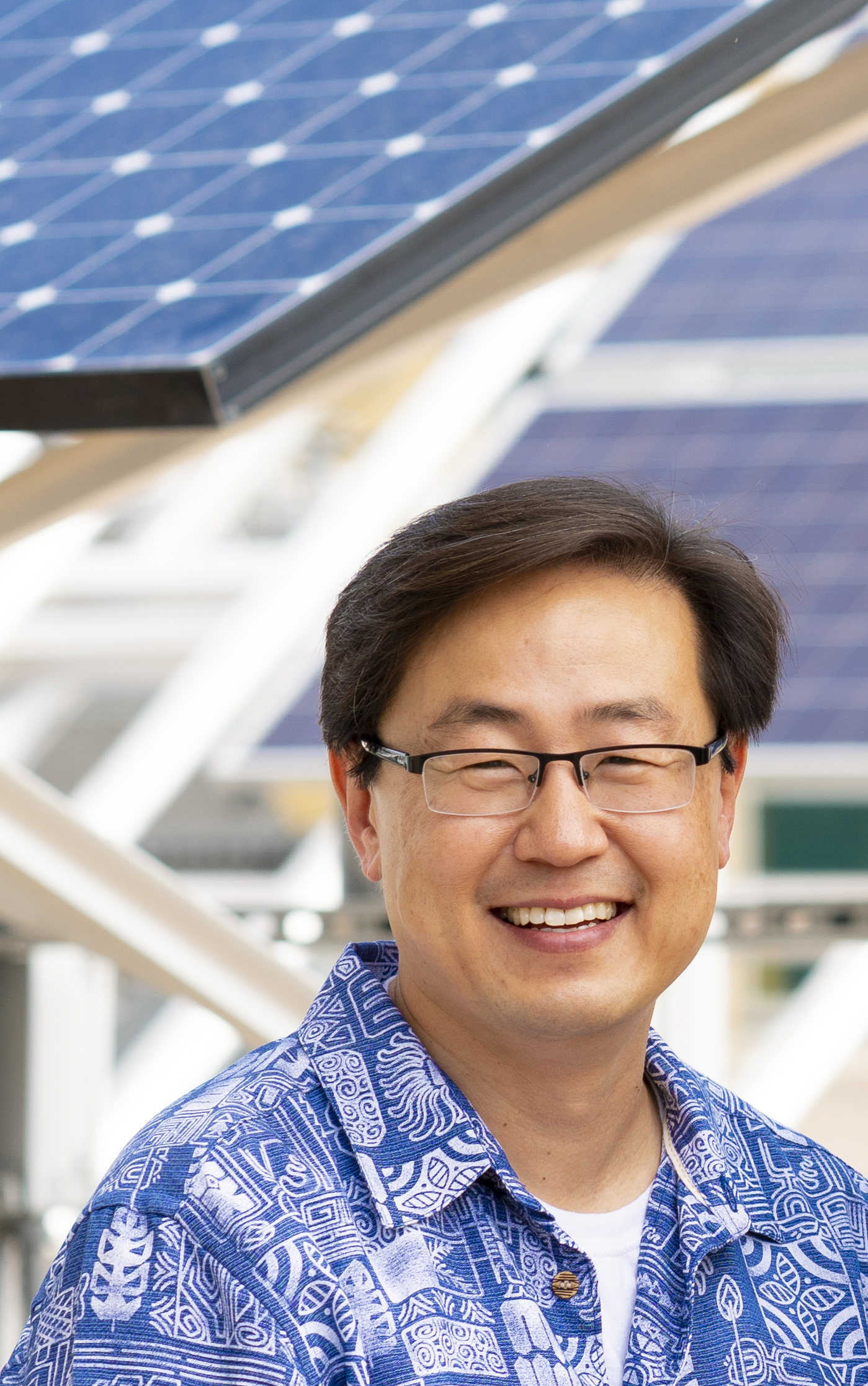Recent News
New director will enhance interdisciplinary engineering learning opportunities
July 2, 2025
Final SIRI cohort visits UNM campus
June 30, 2025
Perfetti receives ANS Landis Engineering Achievement Award
June 26, 2025
Engineering a new treatment for ovarian cancer
June 24, 2025
News Archives
UNM researcher's company receives $1.2 million in renewable energy funding
February 7, 2019 - By Kim Delker
The Durable Module Materials Consortium, commonly known as DuraMAT, recently awarded $3.3 million in funding to several entities, including The University of New Mexico, for renewable energy projects.

Sang M. Han, Regents’ Professor in the departments of Chemical and Biological Engineering, and Electrical and Computer Engineering, is chief technical officer of Osazda Energy, LLC, and the principal investigator of UNM’s part of the DuraMAT project. Osazda is receiving $1.2 million from the Department of Energy for the project, and UNM will be receiving a subcontract on the project.
Han said that UNM will be in charge of materials characterization of the new products, named as MetZilla Paste(TM), which are metal-matrix-composite silver pastes used to screen print metal contact lines on solar cells. The goal of the low-cost advanced metallization is to reduce degradation and increase module reliability, so that solar panels will last longer, Han said.
“The increased lifetime would increase the bankability of utility-scale photovoltaic projects and lower the insurance premium on solar panel warranties that manufacturing companies have to pay,” he said. “This has huge financial implications in making the price of solar electricity as low as the price of fossil-fuel-generated electricity.”
Partners with UNM on the project are Georgia Tech and the National Renewable Energy Laboratory.
DuraMAT’s mission is to bring together the national laboratory and university research infrastructure with the photovoltaic and supply-chain industries to enable the commercialization of new materials and designs for PV modules to lower the cost of electricity.
